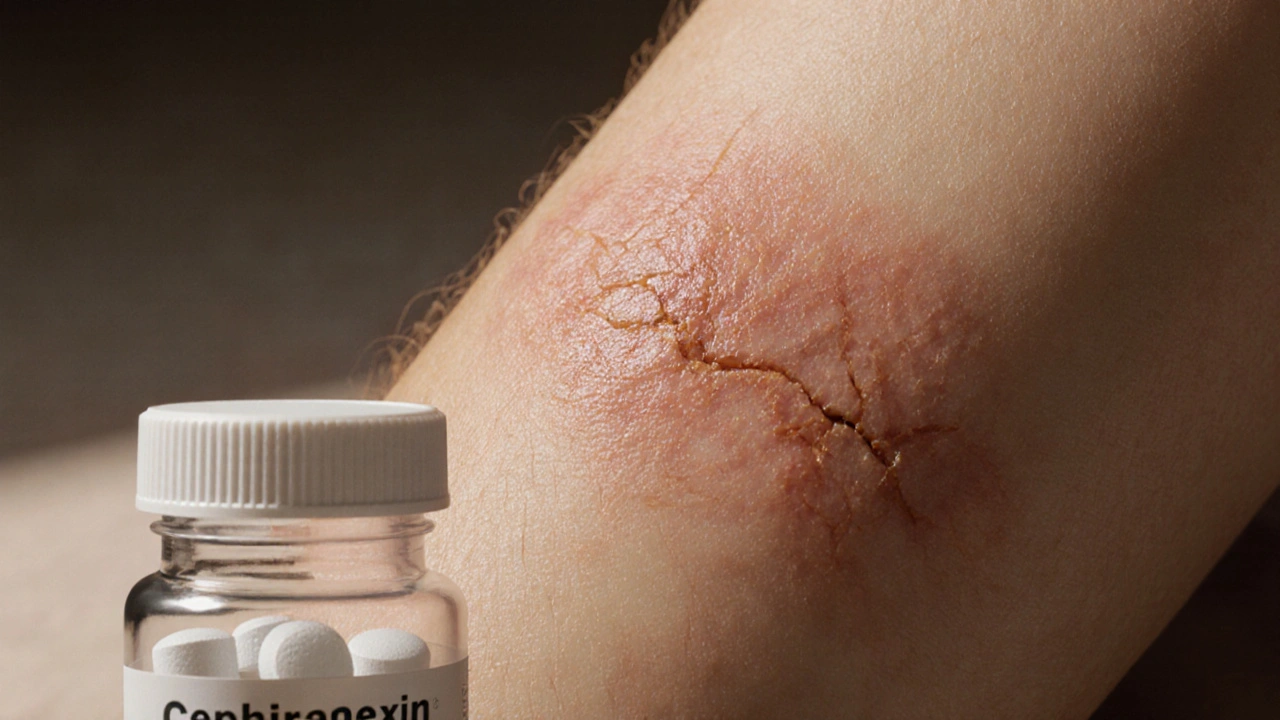Antibiotic Alternatives: Safe Options Beyond Traditional Drugs
Feeling unsure about reaching for the next prescription antibiotic? You’re not alone. More people are asking if there are milder ways to fight infections without the side‑effects of strong meds. Below you’ll find the most practical alternatives, when they work, and what you should keep in mind.
Why Look for Alternatives?
Antibiotics are lifesavers, but they also wipe out good bacteria, can cause gut upset, and overuse leads to resistant bugs. If your infection is mild—like a small skin scrape, a simple sinus cold, or a urinary issue that’s caught early—trying a non‑drug route first can spare you from unnecessary pills.
Doctors often suggest a watch‑and‑wait approach for minor problems. That gives you a chance to try natural tools while still staying alert for signs that a prescription is needed, such as fever that won’t break or worsening pain.
Top Natural and Non‑Drug Options
1. Probiotics. Good bacteria help keep bad bugs in check. Yogurt, kefir, or a daily probiotic capsule can speed up recovery from mild GI infections and may reduce the need for antibiotics after a course of treatment.
2. Herbal remedies. Garlic, oregano oil, and honey have demonstrated antibacterial properties in small studies. Adding a clove of crushed garlic to meals or a spoonful of raw honey to tea can add a mild antimicrobial boost.
3. Vitamin C and zinc. Both support the immune system. A 500 mg vitamin C supplement plus 15 mg zinc lozenges taken at the first sign of a cold can shorten its duration, reducing the urge to self‑prescribe antibiotics.
4. Phage therapy. This is a newer, lab‑grown virus that attacks specific bacteria. It’s not widely available yet, but a few specialty clinics offer it for hard‑to‑treat infections when antibiotics fail.
5. Good hygiene and wound care. Cleaning cuts with mild soap, keeping them covered, and changing dressings daily prevents many infections from taking hold in the first place.
6. Lifestyle tweaks. Adequate sleep, regular exercise, and staying hydrated give your immune system the energy it needs to fight off bugs without extra drugs.
When you choose an alternative, track your symptoms. If you notice a fever above 101 °F, spreading redness, or increasing pain, stop the home remedy and see a health professional right away.
Our tag page also includes articles on buying common antibiotics safely online and understanding when they’re truly needed. Use those guides to compare costs and safety, but remember that “buying cheap” isn’t worth the risk of resistance.
Bottom line: Not every infection requires a prescription. By starting with probiotics, simple herbs, and solid self‑care, you can often avoid antibiotics, keep your gut healthy, and reduce the chance of resistant bacteria. Keep this list handy, and you’ll feel more confident making the right call the next time you feel under the weather.
Cephalexin (Phexin) vs Common Antibiotic Alternatives: Detailed Comparison

A detailed side‑by‑side look at Cephalexin (Phexin) versus five common antibiotic alternatives, covering efficacy, safety, cost, and when to choose each option.
Augmentin Alternatives: Effective Antibiotic Options When Augmentin Doesn’t Work

When Augmentin fails, there are several strong antibiotic alternatives worth considering. This guide explains activity spectrum, resistance, and side-effect details for safe choices.
